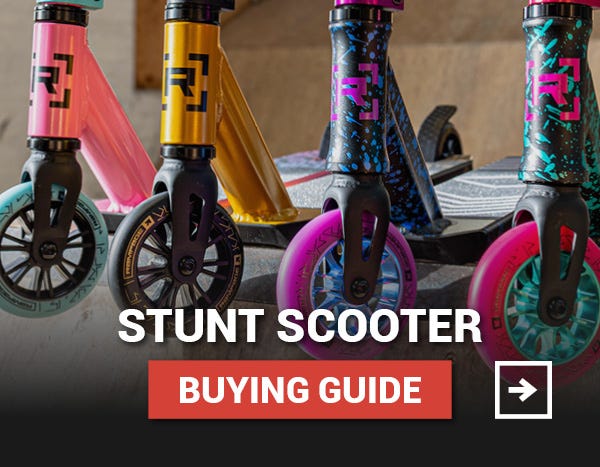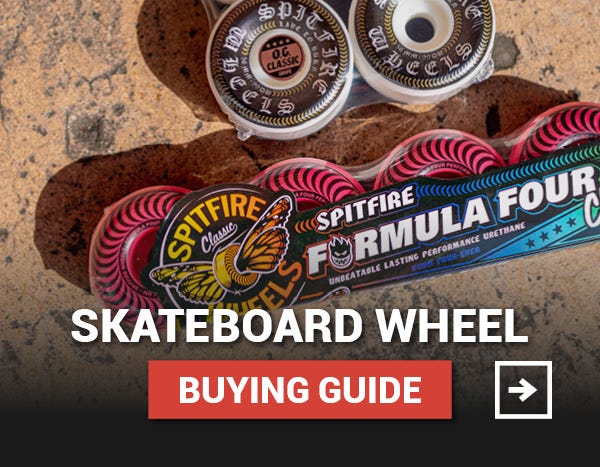Features
- Dimensions: 38" x 8.6" (96.5 x 22cm)
- Wheelbase: 26.5-27.4" (67.3 - 69.6cm)
- Deck Weight: 1.2kg (2.65 lbs)
Flex Options
- Flex 1: Supports up to 275 lbs / <125kg
- Flex 2: 125-215+ lbs / 57kg - 98kg
- Flex 3: 75-175+ lbs / 35kg-79kg
Recommendation
Trucks
The Fat tail rides best on 150mm trucks - we recommend Paris, Tracker FasTracks, and Navigator Drone.
Wheels
Recommended wheel size is 70mm. Our go to wheels, Orangatang Stimulus and 4 Presidents.
Environment Suitability
- Steeps
- Hills
- Parking
- Round Town
- Banks & Big Bowls
A little extra girth never hurt anyone.
At least that was our approach when it came time to revamp the design of the Pintail. We wanted to modernize this classic concept so it could keep up with evolutions in riding and performance.
RIDING STYLES
The Fat tail was designed for pumping, carving, pedestrian slalom, freestyle and generally any situation where lively, energetic lines are on the menu. Increased concave locks your feet in against g-forces, while the top mounted and cambered platform provides energetic performance in and out of each carve. The width of the deck has been redistributed while maintaining subtle tapering near the trucks to provide both ample leverage and awareness of foot position while powering through turns. The formerly vestigial tail has received the silicone treatment for improved functionality in both freestyle tricks and surf-style shredding. The Fat tail is also equipped with a slight nose kick for manuals and shuvits.
The Fat tail was designed for pumping, carving, pedestrian slalom, freestyle and generally any situation where lively, energetic lines are on the menu. Increased concave locks your feet in against g-forces, while the top mounted and cambered platform provides energetic performance in and out of each carve. The width of the deck has been redistributed while maintaining subtle tapering near the trucks to provide both ample leverage and awareness of foot position while powering through turns. The formerly vestigial tail has received the silicone treatment for improved functionality in both freestyle tricks and surf-style shredding. The Fat tail is also equipped with a slight nose kick for manuals and shuvits.
IMPROVED CONSTRUCTION
Armed with more sophisticated modelling software and improved experience in conceptualization and testing methods, we were able to fine tune the Fat Tail's shape and contours to ensure more consistent characteristics throughout the entire length of the standing platform when using either wheelbase. We kept the camber of the original Pintail, increased the concave and added a nominal nose kick and a full (if chunky) kick tail. A vertically laminated bamboo core is sandwiched between fiberglass skins. The tail is reinforced with an additional layer of fibreglass (top) and carbon fibre (bottom) for added stiffness and abrasion resistance. The bottom is finished with a bamboo veneer with a die cut water droplet pattern, which is filled with transparent urethane and a “floating” graphic to give a sense of dimensionality.
Armed with more sophisticated modelling software and improved experience in conceptualization and testing methods, we were able to fine tune the Fat Tail's shape and contours to ensure more consistent characteristics throughout the entire length of the standing platform when using either wheelbase. We kept the camber of the original Pintail, increased the concave and added a nominal nose kick and a full (if chunky) kick tail. A vertically laminated bamboo core is sandwiched between fiberglass skins. The tail is reinforced with an additional layer of fibreglass (top) and carbon fibre (bottom) for added stiffness and abrasion resistance. The bottom is finished with a bamboo veneer with a die cut water droplet pattern, which is filled with transparent urethane and a “floating” graphic to give a sense of dimensionality.
GRAPHIC
The Fat tail graphic is an extension of the artistic concept explored in the two graphics used on the Pintail. The first graphic was designed by Jamie Engelman in 2004 as a meditation on change and growth. It was re-imagined more abstractly by Jan Michael Bennett in 2006 when we switched the Pintail from oak to bamboo. The current graphic was designed by Nana Studio (based on drawings by Daisuke Okamoto) and references the previous designs while expanding on the underlying concepts.





































